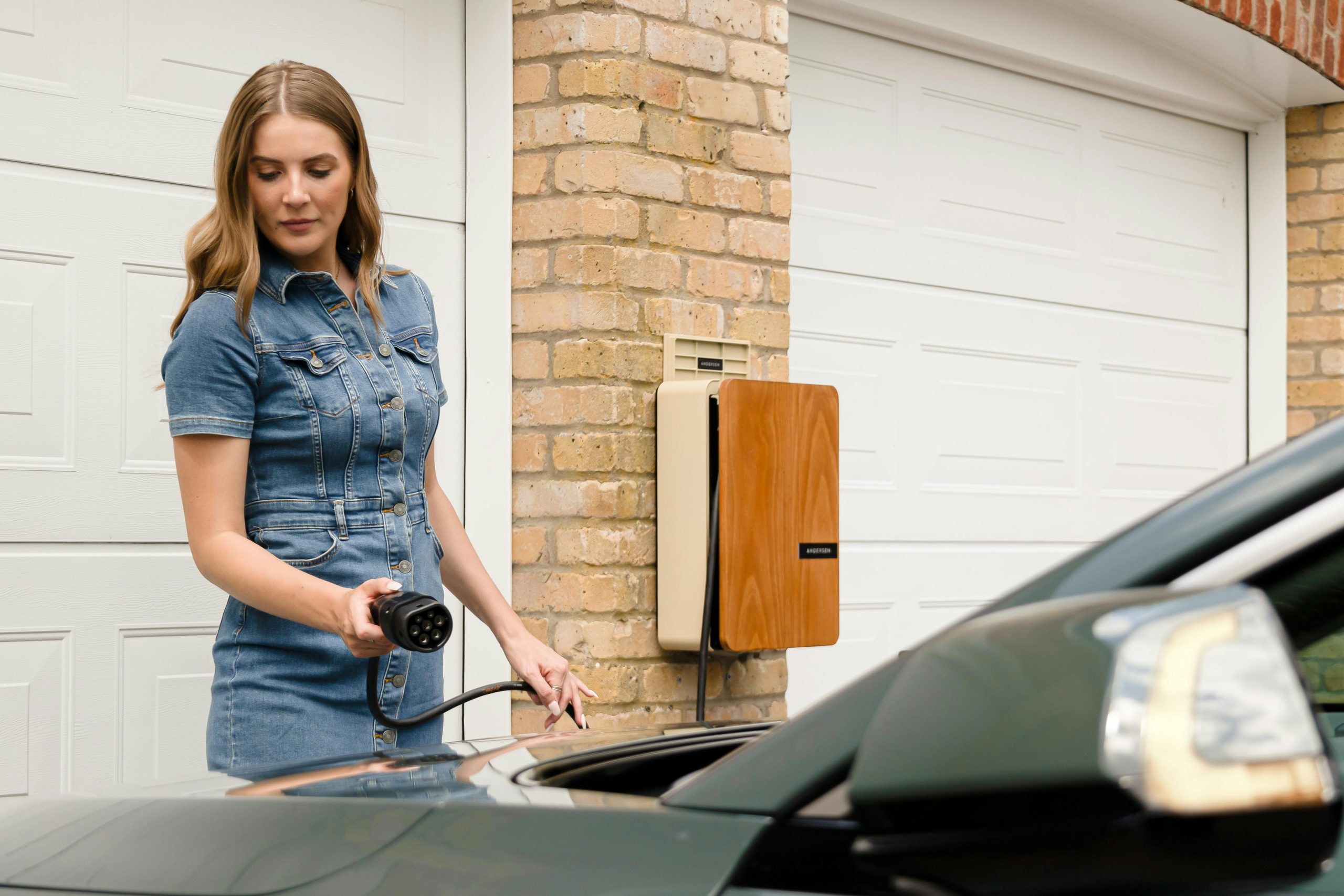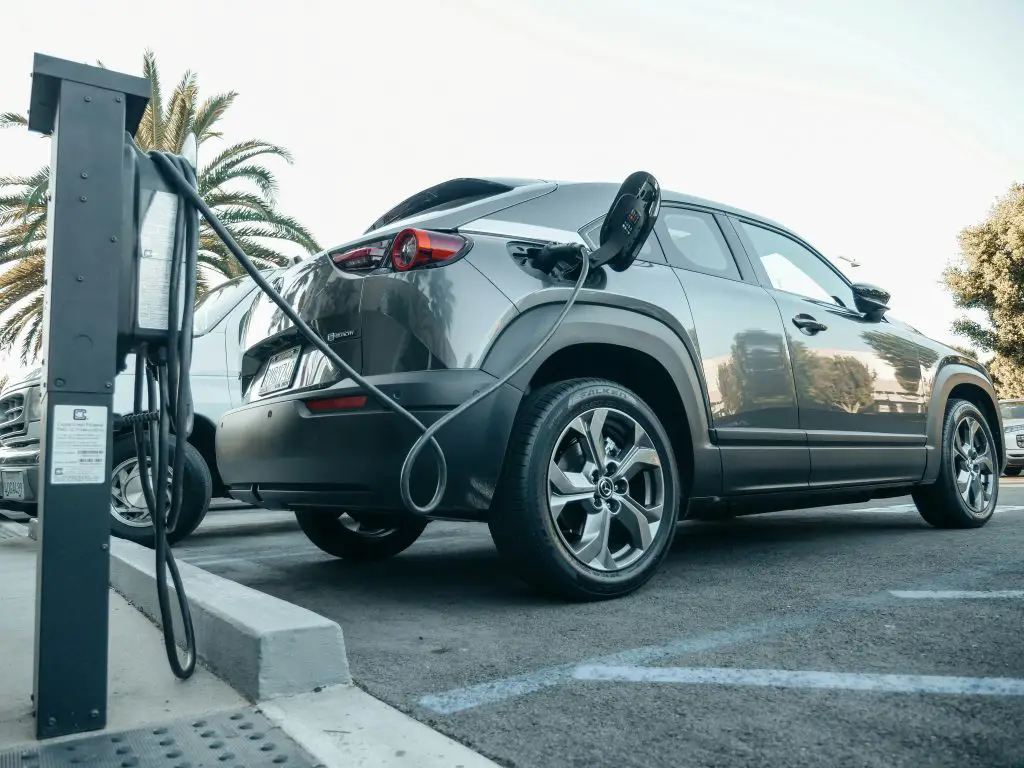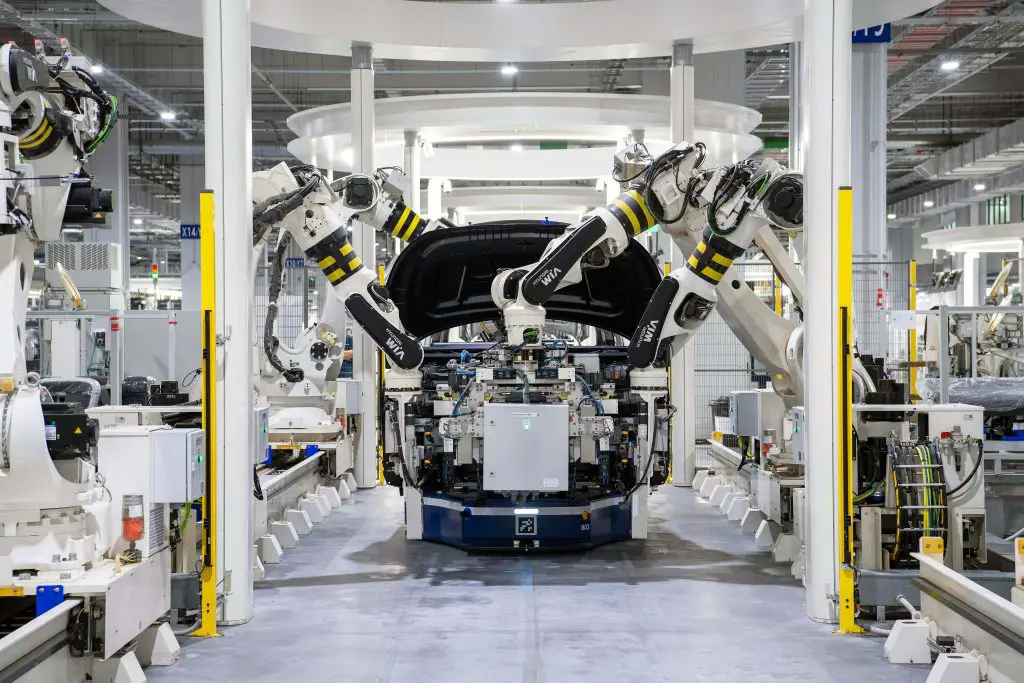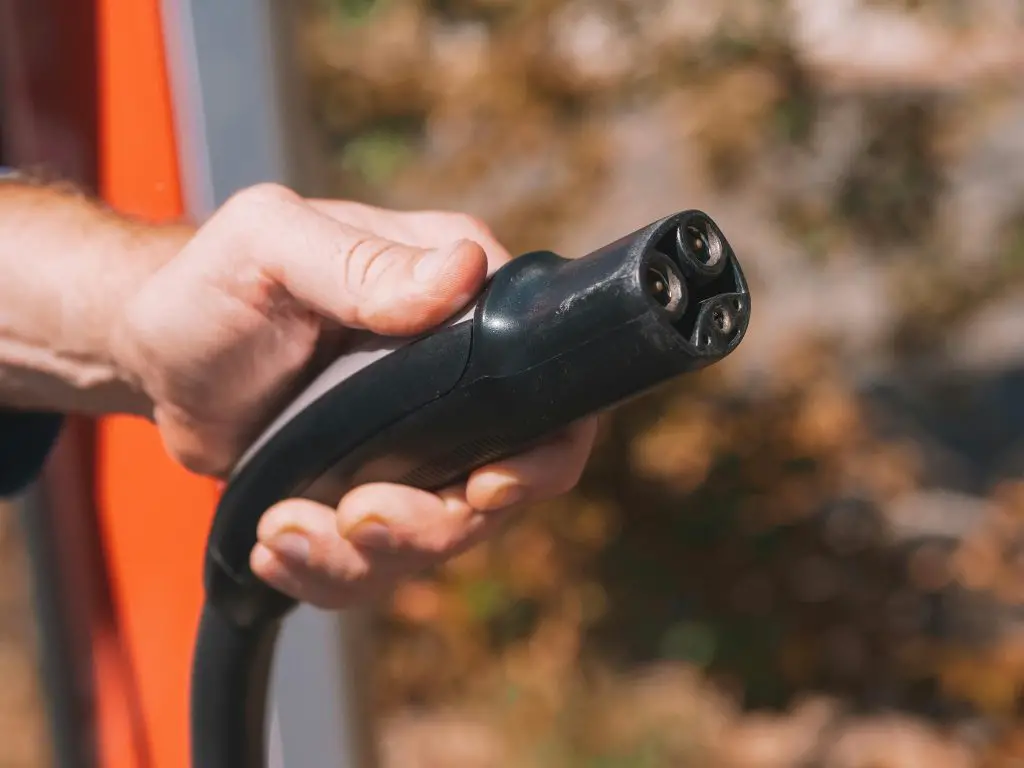Your Guide to Form 8936: Claiming the Clean Vehicle Credit in 2025
Publicado:
Principales conclusiones
- Form 8936 is used to claim the federal Clean Vehicle Credit, which can be worth up to $7,500 if you bought a new qualifying electric or plug-in hybrid vehicle.
- The credit isn’t just about the car—it also depends on your income. For 2025, if you earn more than $150,000 as a single filer or $300,000 as a joint filer, you may not qualify.
- Not every electric vehicle is eligible for the full credit. The credit is broken into two parts: one tied to where the battery minerals come from and the other to where the battery is built.
- You must file Form 8936 with your tax return in the same year you started using the vehicle, not necessarily the year you bought it.
- If you lease your electric vehicle, you won’t qualify for the credit yourself. The leasing company gets it, though they may pass the savings along to you as part of your lease deal.
If you’ve recently bought a new electric or plug-in hybrid vehicle—or you’re thinking about doing so—you’ve probably heard whispers about tax credits. And that’s where Form 8936 enters the picture. This form helps you claim what’s officially called the Clean Vehicle Credit, which can knock thousands of dollars off your federal tax bill. But as with most IRS forms, it’s not always immediately clear how it works or whether you qualify. That’s why we’re going to break it all down for you.
What Is Form 8936?
Form 8936 is the form you’ll use to claim the Clean Vehicle Credit for qualified electric drive motor vehicles. This includes electric cars and certain plug-in hybrids that meet specific criteria under IRS guidelines. The credit is part of the government’s effort to encourage cleaner energy and reduce carbon emissions by rewarding taxpayers who make environmentally friendly vehicle purchases.
The credit amount varies depending on several factors—like battery capacity, final assembly location, and your income—but in 2025, it can be worth up to $7,500. That’s a pretty big deal if you’re buying a new car and looking to save some money.

Who Can Use Form 8936?
Form 8936 is designed for individual taxpayers who buy a new, qualified clean vehicle for personal use. It’s also used by businesses or people who lease vehicles for commercial use, but that gets a little more complex. Assuming you’re a regular taxpayer looking to buy or who already bought a clean vehicle, here’s the basic idea: If your vehicle qualifies and you meet the income requirements, you can file this form with your tax return and claim the credit for the year you placed the car in service.
Now, for 2025, eligibility also depends on your renta bruta ajustada modificada (RBAM). There are income caps to qualify, and they vary based on your filing status. If your income is too high, you might not be able to claim the credit even if the vehicle otherwise qualifies.
What Counts as a Qualified Vehicle?
Not all electric vehicles are eligible for the credit, and this part trips people up more than it should. The IRS maintains a list of vehicles that qualify, which changes as manufacturers update their models or meet new sourcing and manufacturing standards. For a vehicle to count in 2025, it must generally:
- Be assembled in North America
- Meet battery sourcing requirements
- Be purchased new (used vehicles may qualify under a different credit)
- Fall below the MSRP limit for its vehicle class
- Be used primarily in the U.S.
And here’s the big one: it must not exceed the income thresholds set by the IRS for the year.
Income Limits for 2025
For tax year 2025, here’s what you need to know about the income thresholds:
- If you’re single, your MAGI must be $150,000 or less
- For heads of household, the limit is $225,000
- For joint filers, the cutoff is $300,000
If your income is above the limit for the year you place the vehicle in service—or the prior year—you can’t claim the credit.

How the Credit Is Calculated
This isn’t a one-size-fits-all kind of credit. While the maximum is $7,500, that number depends on your vehicle’s qualifications. For example, part of the credit is based on whether the battery was made with critical minerals sourced from certain countries. Another part depends on whether the battery components were assembled in North America. If your vehicle meets only one of the two sourcing requirements, you might get $3,750 instead of the full amount.
When to File Form 8936
You’ll file Form 8936 with your federal tax return for the year you put the vehicle into service. So, if you bought and started using your clean vehicle in 2025, you’ll file the form along with your 2025 taxes, which are due in April 2026.
If you’re eligible for the full or partial credit, it will reduce your tax liability dollar-for-dollar. That means if you owe the IRS $8,000 and your credit is $7,500, you’ll only have to pay $500. But keep in mind this is a nonrefundable credit, so it can’t be used to generate a refund beyond what you owe.
Pre-Owned Electric Vehicles
There is a separate credit for pre-owned clean vehicles, and it uses Form 8936 as well, but it’s handled slightly differently. The vehicle must be purchased from a dealership, be at least two years old, and cost $25,000 or less. Also, the income limits are lower for this one. You’ll still use Form 8936, but you’ll fill out the section for pre-owned vehicles instead of new ones.
Leased Vehicles
If you lease a car, the credit doesn’t go to you—it goes to the company you lease from because technically they’re the buyer. However, many dealerships pass on part of the credit to you as a discount on your lease payments. In this case, you wouldn’t file Form 8936 yourself.
Is There a Way to Get the Credit Upfront?
Starting in 2024, and continuing in 2025, the IRS allows participating dealerships to apply the credit at the point of sale, reducing the purchase price of the vehicle right away. You still have to meet all eligibility rules, and you’ll still report the transaction on your tax return, but this can be a more immediate way to benefit from the credit without waiting until tax season.
Common Mistakes to Avoid About Form 8936
Some of the most common hiccups happen when people assume their car qualifies without checking the official list or ignore the income limits. Others try to claim the credit for leased vehicles or skip Form 8936 entirely, thinking the dealership already handled it. It’s always a good idea to double-check your eligibility before you file, and make sure you’re completing the form correctly if you’re claiming the credit yourself.
The Final Word on Form 8936…
Form 8936 might not be the flashiest IRS document out there (are any of them?), but it can seriously reduce the cost of going electric, but only if you play by the rules. With electric and hybrid vehicles becoming more mainstream and the government offering strong incentives to switch, understanding how to use this form is worth your time. If you’ve got a clean vehicle that checks the right boxes, Form 8936 could be your ticket to a lower tax bill and a greener ride. We’d call that two birds with one stone if we weren’t just bragging about going green.
And remember, the IRS updates vehicle eligibility frequently, so check their site—or ask your dealership—before you buy. Whether you’re filing this form yourself or using tax software, it’s worth digging into the details to make sure you don’t leave money on the table.

Form 8936 and the Clean Vehicle Credit: FAQ
1. What is Form 8936 actually used for?
Form 8936 is the form you’ll file with your federal income tax return if you want to claim the Clean Vehicle Credit. This credit is a financial incentive offered by the government to encourage people to buy electric and plug-in hybrid vehicles. The form calculates how much of that credit you qualify for based on the car you purchased and whether you meet the income limits. It applies to new vehicles, but it can also be used for some pre-owned ones too. If you don’t file this form, you won’t be able to claim the credit, even if your vehicle qualifies.
2. How much can I actually get from the Clean Vehicle Credit in 2025?
The maximum credit you can get is $7,500, but not everyone will qualify for that full amount. In 2025, the credit is split into two equal halves. One half depends on where the battery minerals in your vehicle were sourced from, and the other depends on where the battery components were manufactured or assembled. If your vehicle only meets one of the two criteria, you’ll get $3,750. If it meets both, you can claim the full $7,500. The vehicle also needs to be listed as eligible by the IRS, and your income has to fall under certain limits for you to get the credit.
3. Can I get this credit if I buy a used EV or hybrid?
Yes, but the rules are a little different for used vehicles. There’s a separate version of the Clean Vehicle Credit for pre-owned clean vehicles, and it still uses Form 8936. For used vehicles, the price has to be $25,000 or less, and the car must be at least two years old. You also have to buy it from a licensed dealer. The credit for used vehicles maxes out at $4,000 or 30 percent of the purchase price, whichever is less.
And income limits are stricter here too—much lower than the ones for new vehicles. If you’re buying used, make sure the dealership can show you the car qualifies before you file.
4. What happens if I lease instead of buy?
If you’re leasing, you don’t get to claim the credit. That’s because technically, the leasing company is the one buying the vehicle, and they’re the ones who qualify for the credit. That said, many leasing companies will pass some or all of the credit savings along to you through reduced monthly payments or lower upfront costs. You should always ask about this when you negotiate a lease, because it’s a good way to benefit from the credit even if you’re not claiming it directly. But just to be clear, you won’t file Form 8936 in this case.
5. Can I claim the credit even if the dealership already gave me a discount at the time of purchase?
Starting in 2024, and continuing into 2025, some dealerships are participating in a new IRS program that lets you apply the credit right away, at the time you buy the car. It’s basically an advance credit that reduces the amount you have to pay upfront. If you took the credit this way, you still have to report the vehicle on your tax return and file Form 8936, but you won’t get another $7,500.
It’s more like you’re telling the IRS that you already received it and confirming your eligibility. If you’re not eligible—say, your income was too high—you might actually have to repay the credit you got upfront.
6. What are the biggest mistakes people make with Form 8936?
The most common mistake is assuming that every electric car qualifies for the full credit. That’s not the case. You need to check the official list published by the IRS and make sure the specific make, model, and trim of your vehicle is listed. Another mistake is forgetting about the income caps. Even if your vehicle checks all the boxes, your income could disqualify you from getting the credit.
Some people also get tripped up by the timing—they try to claim the credit in the wrong tax year or don’t include Form 8936 when they file. And if you lease a vehicle but try to claim the credit anyway, that’ll likely lead to a rejected return. It really pays to double-check everything before you submit your taxes.


